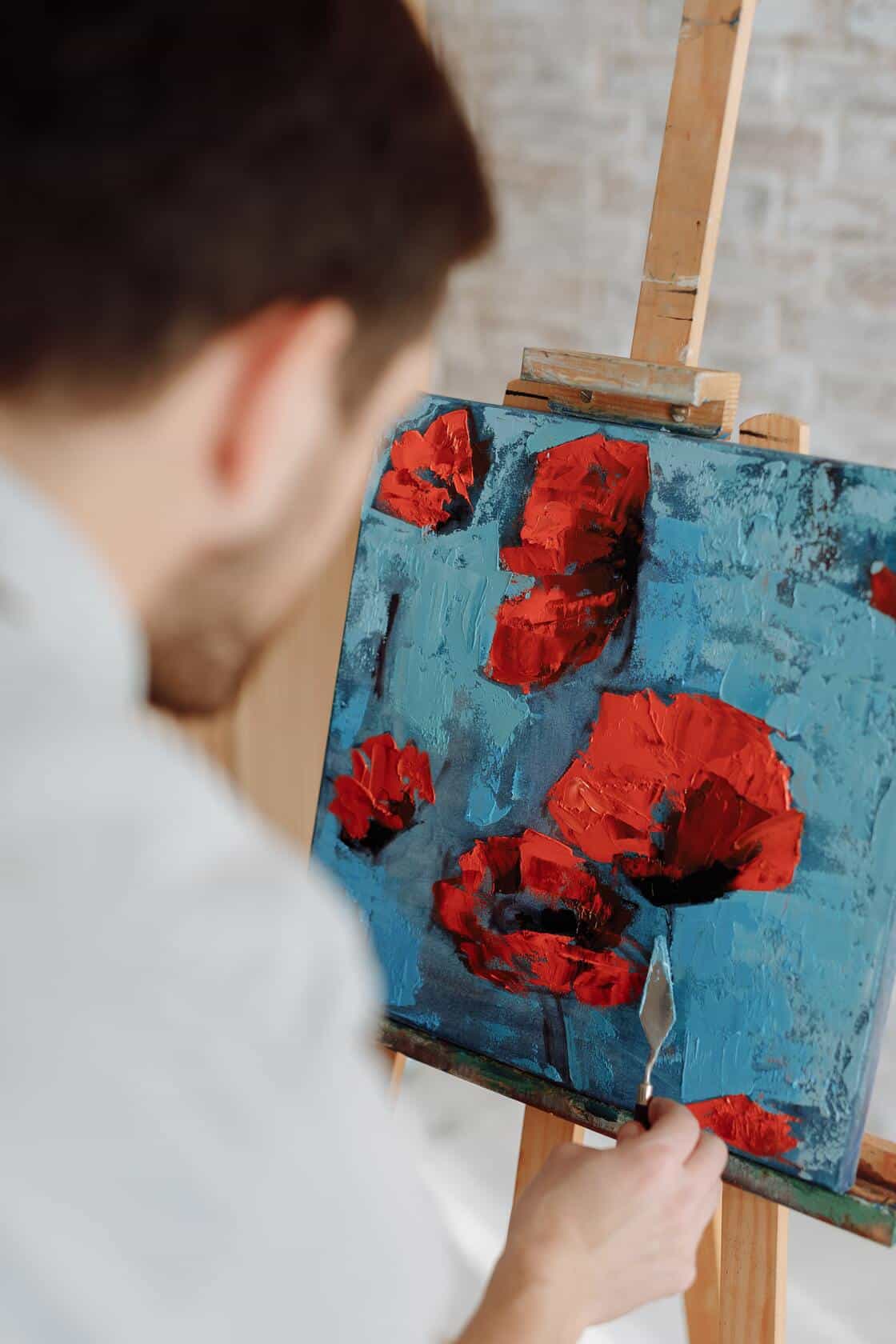
February 15, 2022
During trauma, the Broca’s area in our brain shuts down, which affects our ability to communicate. The danger recognition center in our brain (the amygdala) is on high alert and records the traumatic memory physically and visually.
Art allows people to access both visually stored memory and body memory, since it not only allows them to create images, but also re-connects them with physical sensation, through materials such as paint and clay. Particularly in cases of physical and sexual abuse, they may lose their sense of touch. Researchers have suggested that touch and sight are linked to our brain’s fear center, which is why art therapy is so effective in treating traumatic memory.
How does art therapy treat trauma?
Victims of trauma can feel safe and grounded in the present moment when they are in a therapeutic relationship. This is essential before any of the traumatic memories are accessed, so that they are able to feel safe in the knowledge that the trauma has passed and that they are in the present moment. In the process of processing traumatic memories, this can prevent them from feeling overwhelmed or flooded.
A traumatizing memory is visually stored, so connecting to it through art can be more direct. The person suffering from trauma can choose what they create and release aspects of the trauma at their own pace, which prevents them from feeling overwhelmed. Especially for children who have been told not to tell adults about negative experiences like abuse or neglect, this can be a very valuable tool. Non-verbal communication can give them a sense of safety and make them more likely to share their experiences. Additionally, they may lack vocabulary, so the image can allow them to put into words what they are feeling.
You can get support from your therapist by discussing the work, putting words to the trauma. By adding narrative and context to your artwork with your art therapist you are able to process and place the traumatic memory in space and time, which tells your brain it is not happening right now. The memories are then stored as autobiographical memories rather than in the fear center of the brain. As a result, their strong emotional content is weakened, helping to reduce symptoms of PTSD.
©2024 Angelina H. Rodriguez, LPC-AT/S, ATR-BC
4747 Bellaire Blvd., Ste. 545, Bellaire, Texas 77401 | Call 832-986-8477
Office Hours: MON - FRI 9:00 am to 6:00 pm
Privacy Policy | Site Map
Leave a Reply